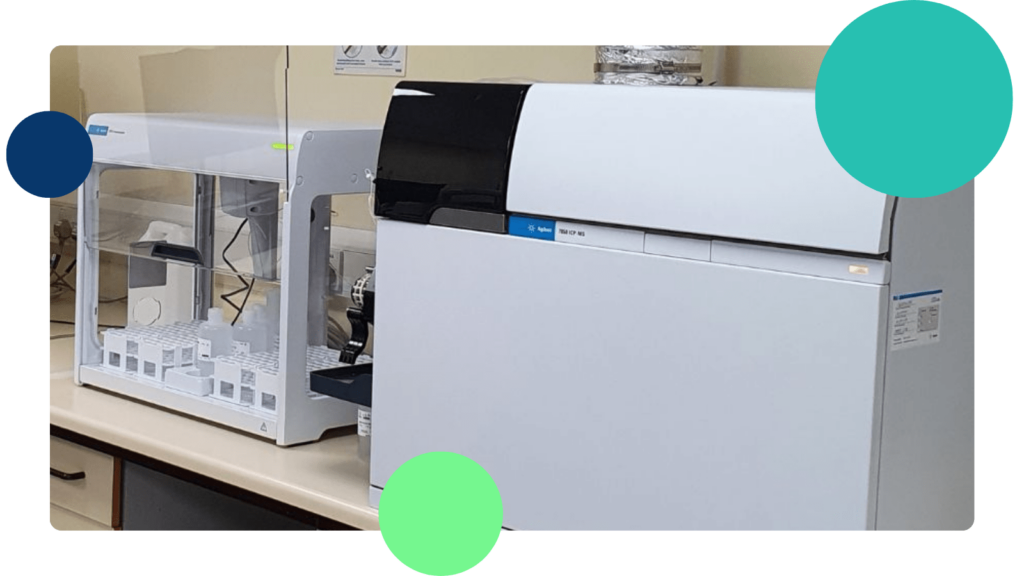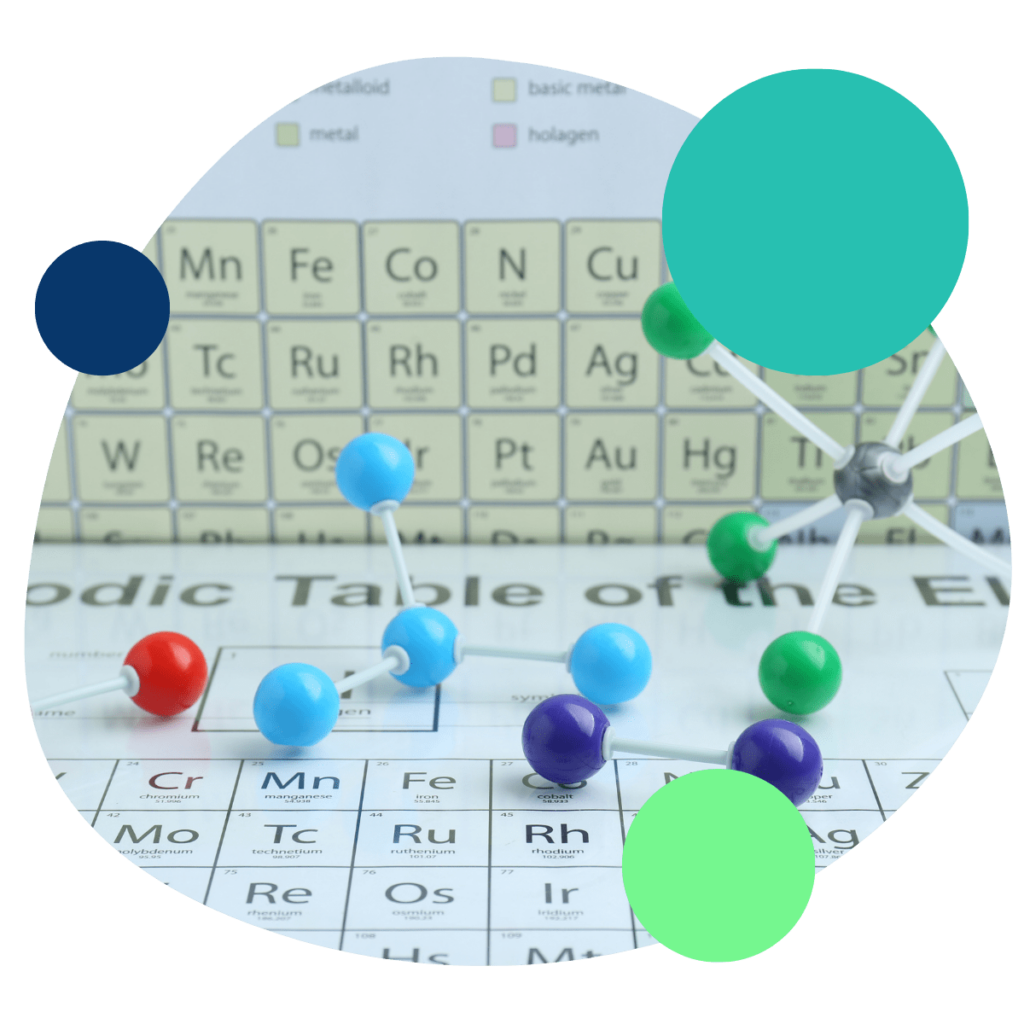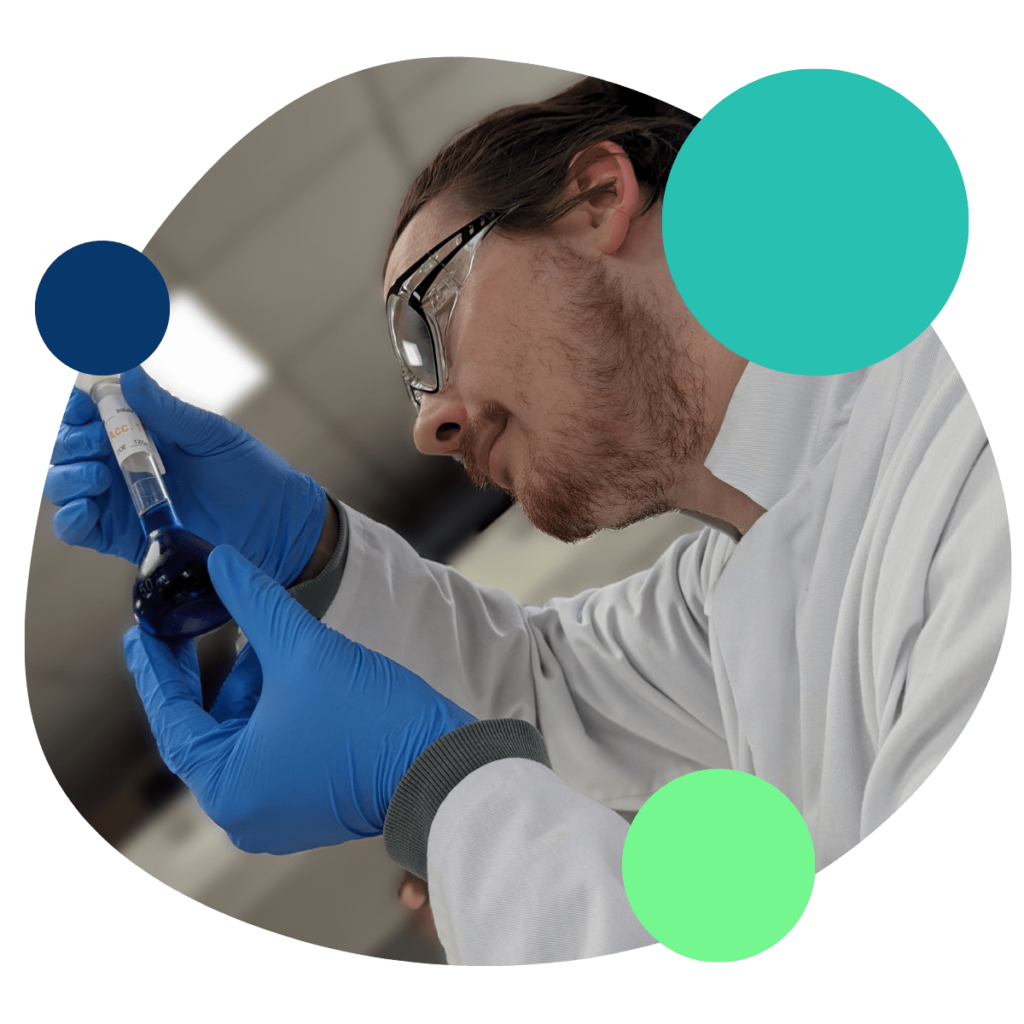Oxford Analytical Services provides high precision elemental analysis, detecting trace and heavy metals down to parts per trillion (ppt) levels. Using state-of-the-art techniques such as ICP-OES, ICP-MS, and microwave digestion, our PhD-level chemists deliver fast, reliable and regulatory compliant testing across a wide range of industries.
Whether you need to monitor residual metals in fertilisers, biocides, plant protection products, wastewater, or soils, our advanced multi-element detection technology delivers accurate results in just minutes.


Elemental contamination and compliance challenges can impact product safety, environmental standards, and regulatory approvals. We help you address:
- Regulatory Scrutiny: Meeting strict limits for heavy metals in fertilisers, water courses, biocides, agrochemicals and industrial chemicals
- Trace-Level Sensitivity: Detecting ultra-low concentrations of elements to meet stringent industry standards
- Complex Sample Matrices: Analysing a variety of sample types, including liquids, solids and environmental samples
- Multi-Element Testing Efficiency: Identifying multiple metals simultaneously in a single, rapid analysis
- Data Integrity & Compliance: Providing GLP-compliant testing to support regulatory submissions
Our expert led approach ensures accurate and compliant elemental analysis, helping you navigate complex regulatory landscapes with confidence.
Benefits and Unique Value of Oxford Analytical Services

Ultra Sensitive Element Detection
We offer ppt-level sensitivity for trace and heavy metal analysis, ensuring compliance with BPR, REACH and PPP regulations.

Fast Turnaround Times
Streamlined processes designed to provide timely results, reducing project lead times and enabling faster product launches.

Advanced Multi-Element Analysis
Our state-of-the-art ICP-MS and ICP-OES technology allows us to test multiple metals simultaneously, delivering results in minutes.

Bespoke Testing & Regulatory Compliance
We customise our testing protocols to align with your product, industry and compliance requirements.

Expert Support from PhD Chemists
Our industry specialists provide tailored guidance, from method development to complex regulatory submissions.
Regulations We Cover
Our elemental analysis services support compliance with key regulatory frameworks, including:
- Biocidal Products Regulation (BPR) – Regulation (EU) 528/2012
- Plant Protection Products Regulation (PPP) – Regulation (EC) No 1107/2009
- REACH – Registration, Evaluation, Authorisation and Restriction of Chemicals

Partner with Oxford Analytical Services
- Industry Leading Expertise – Supporting manufacturers in biocides, agrochemicals and industrial sectors
- Cutting Edge Techniques – Delivering rapid and reliable multi-element analysis
- Regulatory Assurance – Ensuring compliance with global regulatory standards
Need precise elemental analysis for your product?
Our services include:
Assesses product consistency across batches, ensuring compliance with regulatory standards. Determines technical equivalence by comparing composition, impurities and physical properties to reference materials. Learn more.
Provides expert guidance on analytical strategies, regulatory compliance, method selection and problem solving. Supports research, product development and troubleshooting for various industries. Learn more.
Determines the elemental composition of materials, detecting trace metals and other elements using techniques like ICP-MS and ICP-OES. Essential for regulatory testing and material characterisation. Learn more.
Identifies and quantifies impurities in raw materials, intermediates and final products. Ensures compliance with safety standards and supports formulation optimisation. Learn more.
Confirms the accuracy, reliability and reproducibility of analytical methods through independent verification, ensuring compliance with regulatory requirements. Learn more.
Diagnoses unknown contaminants, product failures, or unexpected variations using a range of analytical techniques. Supports root cause analysis and corrective actions. Learn more.
Designs and optimises robust analytical methods tailored to specific applications. Validates methods to ensure accuracy, precision, specificity and regulatory compliance. Learn more.
Evaluates key physical and chemical properties, such as solubility, stability, pH, viscosity and refractive index, supporting material characterisation and regulatory submissions. Learn more.
Characterises polymer composition, molecular weight, degradation and thermal properties. Supports material selection, quality control and failure investigations. Learn more.
Determines the chemical makeup of products, ensuring formulations meet regulatory and quality requirements. Useful for verifying ingredient levels and detecting contaminants. Learn more.
Provides regular testing to verify product consistency, purity and compliance with specifications. Supports manufacturing and regulatory compliance. Learn more.
Uses innovative and targeted approaches to detect unexpected compounds, emerging contaminants, or novel substances, supporting research and development. Learn more.
Evaluates product stability under various conditions to determine shelf life, degradation pathways and compliance with regulatory guidelines. Learn more.
Identifies unknown compounds using advanced spectroscopic and chromatographic techniques, ensuring proper classification, safety assessment and regulatory compliance. Learn more.
